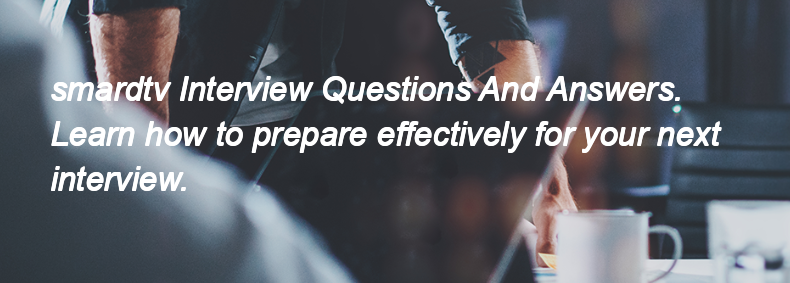Ques:- What is clustering in data analysis and how is it different from classification
Asked In :-
Medvarsity Online, AnAr Solutions, MattsenKumar Services, Protege Solutions, Shipco IT, Chegg India, Fortunesoft IT Innovations, GOQii Technologies, Spadeworx Software Services, Dhruvsoft Services,
Right Answer:
Clustering in data analysis is the process of grouping similar data points together based on their characteristics, without prior labels. It is an unsupervised learning technique. In contrast, classification involves assigning predefined labels to data points based on their features, using a supervised learning approach.
Clustering in data analysis is the process of grouping similar data points together based on their characteristics, without prior labels. It is an unsupervised learning technique. In contrast, classification involves assigning predefined labels to data points based on their features, using a supervised learning approach.

